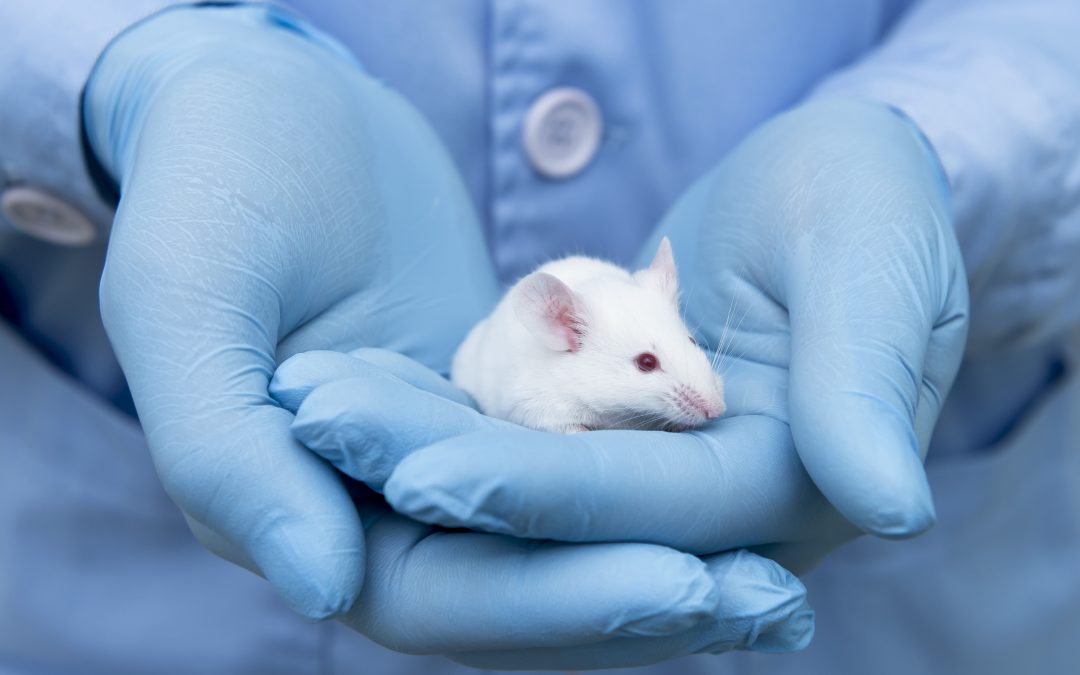DNA is fundamental for carrying genetic instructions for the growth and development of all known living organisms. However, DNA is not the sole tool for implementing genetic instructions. Epigenetic marks are cellular features that are made up of various amino acid and protein groups that can modify proteins within a cell. These epigenetic marks are not governed by the genetic code, but are nevertheless capable of influencing the way genes are expressed. The buildup of these epigenetic marks in our cells has been suspected as a driving factor of the aging process.
What if there was a way to strip these epigenetic marks from cells? Would that allow us to effectively reset the aging clock? A recent article in Science News talks about how researchers are working on answering that question through experiments on genetically engineered mice. The research took mice that had been genetically engineered to express two important characteristics. The first trait necessary was to show the same premature aging patterns as mice used as models to study Hutchinson Gilford Progeria Syndrome. The second required trait was the ability for the mice to produce four specific proteins when given an externally-controllable trigger. These proteins – Oct4, Sox2, Klf4, and c-Myc – or OSKM for short, are also known as “Yamanaka factors” after the Nobel prize-winning Shinya Yamanaka, who discovered that these proteins could turn adult cells into induced pluripotent stem cells (iPS cells).
iPS cells are extremely flexible embryonic-like cells that can become almost any other type of cell. These OKSM proteins have been used in the past to reprogram mouse cells into iPS cells, but that approach created tumors in the mice. That’s why these researchers wanted to have a controllable trigger on the expression of the OSKM proteins in this study: they only wanted to use the proteins to strip some epigenetic marks from the cells, not go all the way to creating an iPS cell. The trigger that they used was the antibiotic doxycycline: when the mice were dosed with the antibiotic (twice a week for this study), they produced the OSKM proteins which acted on the epigenetic marks.
The researchers found that this treatment, while unable to completely reverse the aging process, did allow the mice to survive longer: 24 weeks instead of 18 (the normal life expectancy of lab mice is 2-3 years). They also did not develop any cancers. Additionally, when the researchers applied the treatment to normal 1-year old mice, they found that it increased the capability for self-repair in muscle cells and pancreatic cells. However, it’s not clear whether the treatment actually increased the longevity of the normally-aging mice.
So, does this study showcase the next great leap forward in human longevity? Probably not. The researchers note that using these techniques in humans would involve gene therapy, which raises ethical concerns. There is also the risk that the therapy would activate senescent cells (cells that are metabolically active but do not divide), which could increase the risk of developing cancers. The ultimate goal for a similar therapy in humans would probably involve engineering a small molecule to wipe away epigenetic residue that builds with aging, and to restore epigenetic marks that have been lost over time. However, that type of process is still out of reach for current medical and scientific processes.
For experiments like this, involving mice or other rodents, Powers Scientific offers rodent chambers that are adaptable to a variety of environments. Our chambers offer a temperature and lighting controlled environment with a temperature range of 6.5-50°C, and 0-15 fresh air exchanges per hour. Each chamber comes equipped with features such as clock-controlled lighting, solid doors, an interior outlet and access port, doors locks, an audible/visual alarm with relay, stainless steel construction, and casters. Many other options are available, including additional lighting or LED lighting, dual or multi-point temperature control for temperature stressing, top-mounted or remote compressors, extra-deep sizes, or RS-232 or data retransmit outputs. Our chambers are all built to order, allowing the individual researcher to tailor the incubator to fit the required parameters of the experiment without paying for features that aren’t needed.
For more information on our rodent incubators, see our product page or contact us to request a catalog or quote.

